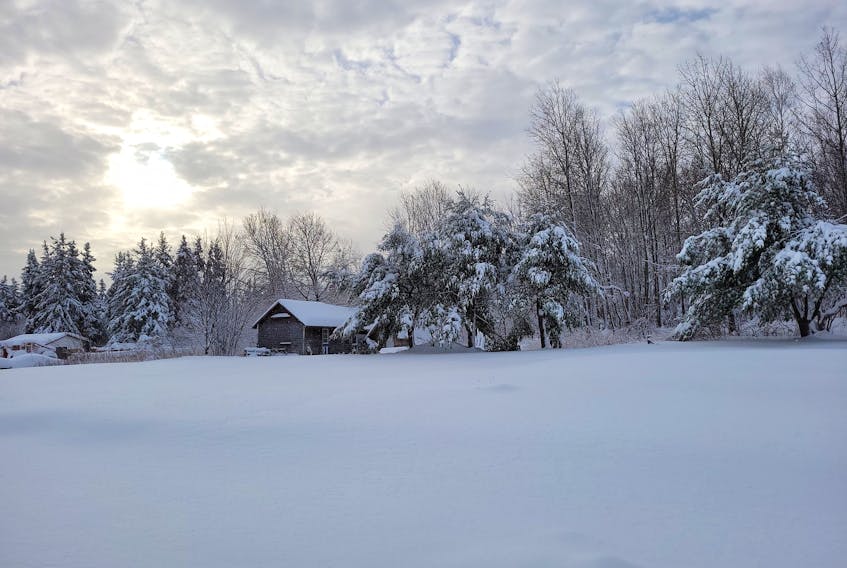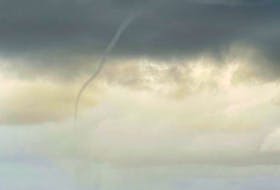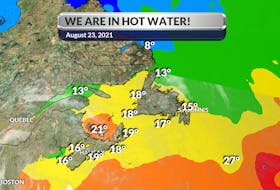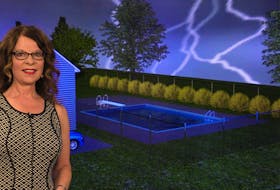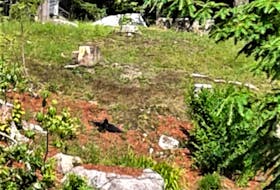Fall storms come in all shapes and sizes and, as we've just witnessed, with many types of precipitation.
The colder side of last weekend's weather event dumped close to 20 cm of snow over parts of northeastern New Brunswick, while 63 mm of rain fell along the Bay of Fundy. Between those two extremes, some were treated to several hours of ice pellets and freezing rain.
I prefer snow, especially now that December is here, but I realize I am in the minority. A co-worker popped his head into my office Monday morning and said, "wow, imagine the shovelling had it been a few degrees colder.”
Yes, imagine.
People often ask me what the rain to snow ratio is. The accepted average ratio is one to 10. This base-line conversion applies for snow falling at temperatures near freezing, between -3 and +2.
Therefore, one cm of rain would be 10 cm of snow. Now because rain is a liquid, it gets measured in millimetres and since there are 10 mm in one centimetre, 10 mm of rain would give you 10 cm of snow.
It seems simple enough, but there's a little more to this equation. In some parts of Atlantic Canada, the moisture content is very high and the snow is denser so the rain to snow ratio is closer to one to five, where 10 mm of rain is equal to about five cm of snow.
So, if we use Saint John's 63 mm of rain from the weekend, and assume high moisture content has it fallen as snow, they'd be digging out from under more than 30 cm!
By the way, other factors can affect snow density apart from air temperature. Wind, for example, can compact snow and cause it to fall more densely, lowering the rain-to-snow ratio.
By now, most of us have seen our first snowflakes of the season, so I thought I would take this opportunity to debunk the myth that "no two snowflakes are the same." In 1988, Nancy Knight, a scientist at the National Center for Atmosphere Research in Colorado, found two identical snowflakes that came from a storm out of Wisconsin.
- Want more weather information? Visit your weather page.
- Have a weather question, photo or drawing to share with Cindy Day? Email [email protected]
Cindy Day is the chief meteorologist for SaltWire Network

